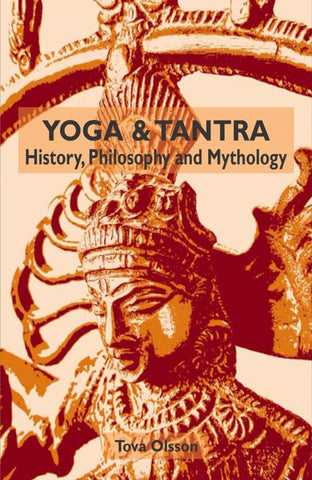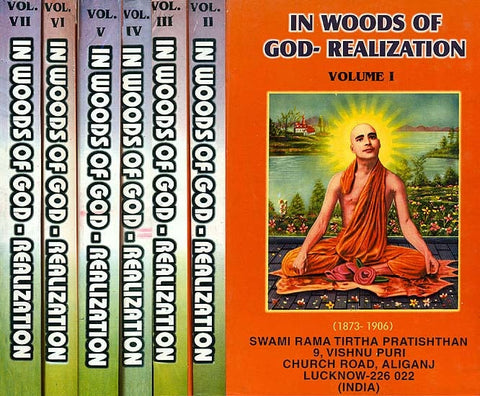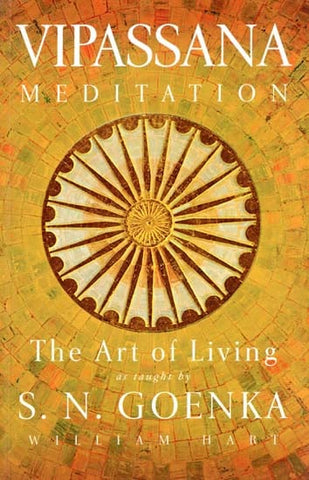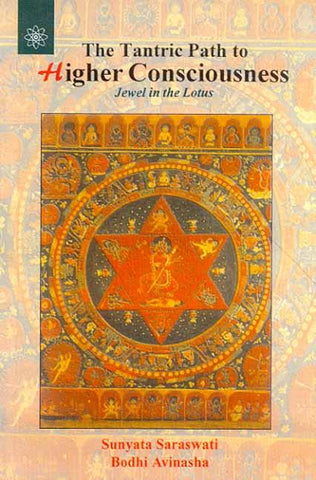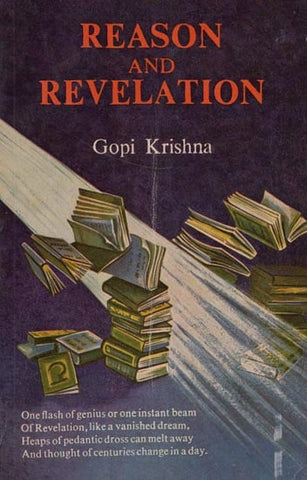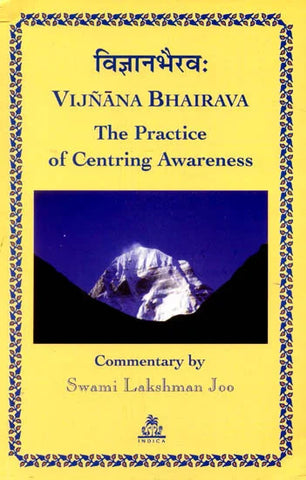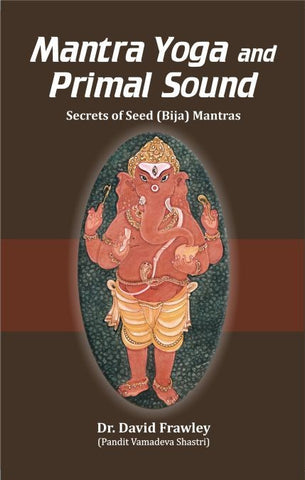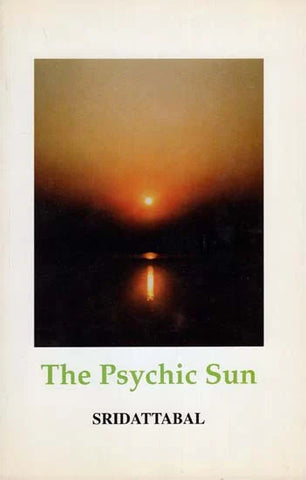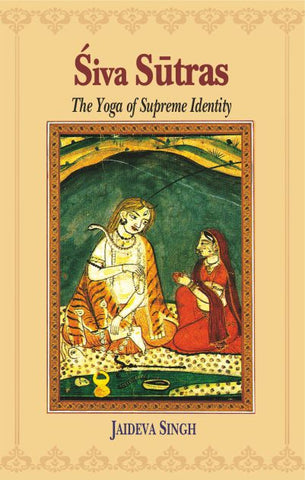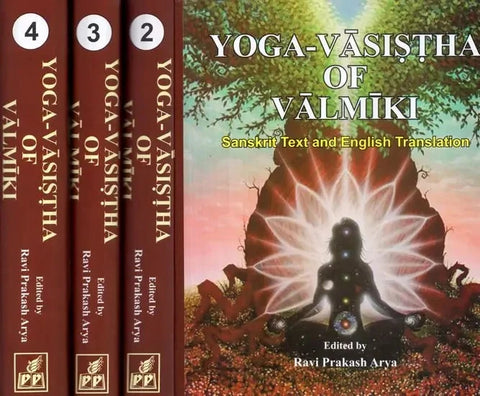Your cart is empty now.
There are many spiritually elevated people in the world, but not many levitating yogis: and The Yoga Sutras of Patanjali are meant to elevate the spirit of every man, not to teach him how to levitate. This is clearly the gospel of enlightened living, neither an escape from life nor a hallucinatory 'light'. The attempt in this little book has been to expose that gospel, avoid technicalities, and relate the whole yoga philosophy to the ordinary and simple daily life of everyone. There are many excellent translations of the Sutras: this, however, is an interpretative translation. There are several scholarly and erudite commentaries, too: this is definitely not one of them. This book is not meant for the research scholar but for one who is in search of truth which shall free him from self-ignorance.
About the Author(s)
Swami Venkatesananda, who has been working untiringly for decades to spread the life-giving message of Yoga and Vedanta in East and West, has done a great service to spiritual seekers far and wide by bringing out this translation of Yoga Vasistha The Swami has arranged the verses of the book in such a way as to convert them into a rosary of daily thoughts throughout the year, on the lines of his two other books published, namely The Srimad Bhagavad Gita or The song of God. In this book, Swami Venkatesananda has masterfully translated the Yoga Vasistha, the well-known Vedanta treatise in Sanskrit so that it is understood by scholars and laymen.
Preface
Swami Venkatesananda lived the spirit of the Yoga Sutras of Patanjali, and the many series of talks he gave on this subject in Australia, South Africa, Germany, Canada, etc., have inspired many to take up the practice of Raja Yoga.
His New Interpretative Translation of the Yoga Sutras, ENLIGHTENED LIVING (published by the Children Yoga Trust of South Africa in 1975) is regarded as a springboard to the understanding of the Sutras. It has been incorporated in this present publication.
Swami Venkatesananda spoke equally to both men and women and his use of the masculine pronouns ‘he’ and ‘him’ does not exclude the feminine. It is, in fact, shorthand for ‘human being’! He did not feel it necessary to distinguish between male and female, and the editor has continued the tradition in this publication.
In this book, ‘yoga’ has been recognized as a word in common usage, and as such has not been italicized.
Introduction to ‘Enlightened Living
There are many spiritually elevated people in the world, but not many levitating yogis: and the Yoga Sutras of Patanjali Maharsi are meant to elevate the spirit of every man, not to teach him how to levitate. This is clearly the gospel of enlightened living, neither an escape from life nor a hallucinatory ‘light’. The attempt in this little book has been to expose that gospel, to avoid technicalities, and to relate the whole yoga philosophy to the ordinary and simple daily life of everyone.
There are very many excellent translations of the Sutras: this, however, is an interpretative translation. There are several scholarly and erudite commentaries, too: this is definitely not one of them. This book is not meant for the research scholar but for one who is in search of truth which shall free him from self-ignorance.
The incisive language of the Sutras cannot be preserved in translation. An extraordinary feature of the Sutras is the avoidance of direct commandments, dogmatic assertions and the use of active voice. Whereas every effort has been made to retain the structure of the text, in a few cases (for example, in Sutra I. 49) slight changes have had to be made to sustain the easy flow of thought. (The words which represent the translation of the text are underlined.) Anyone who translates a text which is in the Sanskrit language is confronted by two difficulties: (a) not all languages have concise words or phrases which accurately convey the exact sense in which the Sanskrit word is used in the text, and (b) the Sanskrit word is used in the text; and (b) the Sanskrit word itself has a number of when the word is used in a structurally complete prose or verse, than when it occurs in the Sutras. From a cursory glance at the very many available translations of the Sutras, it is easy to see that each one has translated some Sutras differently, without being unfaithful to the text.
Some translators, eager to build a ‘philosophical system’ on the foundation of the Sutras have treated some words in the text as proper names of specific philosophical categories. Such a treatment inevitably limits the understanding of the purport of the text. The text itself seems to use two or more words to refer to a single factor: for example, Samadhi and samapattih are used synonymously. There is a danger of regarding words as names; for then they create forms or images that perpetuate ignorance while creating an illusion of knowledge. This pitfall has been avoided in this book, and the actual meaning of the words has been sought, regardless of how the ‘philosophical system’ has classified them. When this is done, it is discovered that there is a continuous and smooth flow in the sequence of the Sutras. (Where the text clearly warrants another meaning, such an alternative meaning has also been given: examples are II. 30, II, 36 and IV. 31).
The gospel of yoga suggests neither a withdrawal nor an escape from the world, but the abandonment of the mental conditioning which creates a division between the ‘me’ and ‘the world’ (including the world of psychological experiences). Meditation is the vigorous search for the true identity of the ‘me’, not a psychic jugglery nor a technique for deep relaxation. Seen from this angle, the fundamental categories of yoga (citta, and nirodha-vide I. 2), take on a character completely different to the one that prevails in the minds of most practitioners of yoga: it is hard to translate citta and vrtti, and the student has to discover the meaning in himself as Patanjali’s message saturates his whole being. Nirodha does not imply suppression, restraint or control, in the usual (and brutal) connotations of those words, but a vigilantly watchful understanding of the movements of thought in the mind which is the stillness of a different kind.
The reader will not fail to notice that the teachings of yoga are universal and that they do not interfere with one’s religious faith or occupation or lifestyle. Everyone who lives is entitled to enlightenment that instantly transforms everyday life into enlightened living.
Foreword
Sri Swami Venkatesanandaji was closely associated with Gurudev Sri Swami Sivanandaji Maharaj, and he was a veritable personal assistant to Sri Gurudev. Swami Venkatesananda turned out enormous work every day by attending to correspondence, and writing articles and commentaries, which were all a kind of masterpiece in themselves. Right from the beginning we both were intimate friends and we used to discuss common topics in a humorous way, of which method of speaking Swami Venkatesananda was a master. He would always be smiling and cut jokes even when we were discussing serious subjects like the famous Yoga Vasistha that we used to read together after the lunch hour every day. This is a sort of background of my intimacy with Swami Venkatesananda. He liked me very much and I too liked him equally.
He was a prolific writer and could write on any subject. The present occasion for me to write these few words is in connection with a series of lectures he delivered on the Yoga Sutras of Patanjali, all of which were systematically edited by a devotee called Swami Lakshmi Ananda from Perth, Australia. I have gone through the manuscript of this book and find that it is excellent.
Here I would like to add that there is a much-neglected sutra of Patanjali to which commentators have been paying scant attention, and even when they were attempting to say something about this sutra it was sketchy and lacked depth. This sutra in the third chapter of the Yoga Aphorisms of Patanjali and begins with the words:
This is, in my opinion, the quintessence of the meditational technique described by Patanjali, by which we are introduced to the very heart of the matter so pithily and crisply. This sutra makes out that there are two ways of the functioning of the mind, one in the form of a thought of an external object and another as a total and comprehensive operation in which the object in meditation becomes inseparable from its thought. Usually, such an exercise is not humanly possible. Who can think in such a way that the object enters the mind itself and the object becomes the thought and the thought becomes the object? This is a staggering suggestion given by the sutra that the entire world can enter into the process of thinking. If the universe enters the mind and the mind enters the universe, this exercise is said to lead to immediate liberation.
The sutra beginning with vitarka etc. in the system of Patanjali refers actually to a series of meditations in ascending order, first on the physical universe, then the subtle universe of potentials called tanmatras, the cosmic complex known as space and time and the cosmic Self-sense leading to a bliss born of pure consciousness. Though the sutra refers only to vitarka, vicara, ananda and asmita, they are further capable of categorization as involved in space-time consciousness or not involved in space-time consciousness. These stages are intricate and cannot be understood by merely a study of books.
Swami Venkatesananda has succeeded very commendably in expounding Sage Patanjali’s Sutras in a lucid manner, and I recommend this book to every seeker of Truth, who ardently pursues the Yoga System of Patanjali.
| Preface | vii |
| Introduction to ‘ENLIGHTENED LIVING” | ix |
| Acknowledgements | xiii |
| General Introduction | xv |
| Footnote to “ENLIGHTENED LIVING” | xxxv |
| Scheme to Transliteration | xxxix |
| Foreword | xli |
| Chapter One | 1 |
| Chapter Two | 121 |
| Chapter Three | 261 |
| Chapter Four | 309 |
| Appendix | 353 |
| Vrttis | 353 |
| God’s will | 353 |
| Expression and Experience | 355 |
| Concentration | 385 |
| Meditation | 363 |
| Samadhi | 377 |
| Glossary | 381 |
| Index of Sutras | 384 |
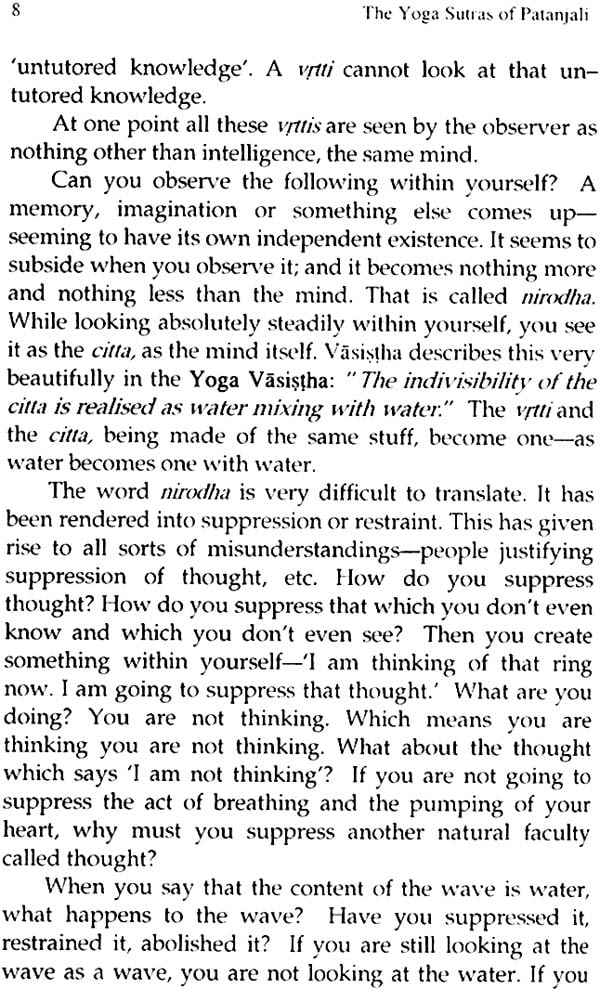



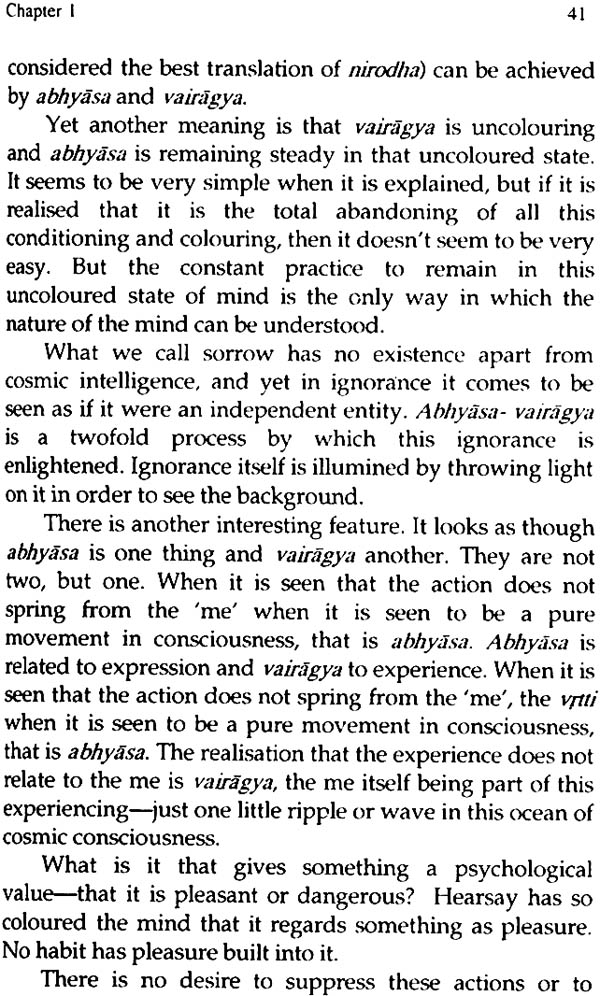

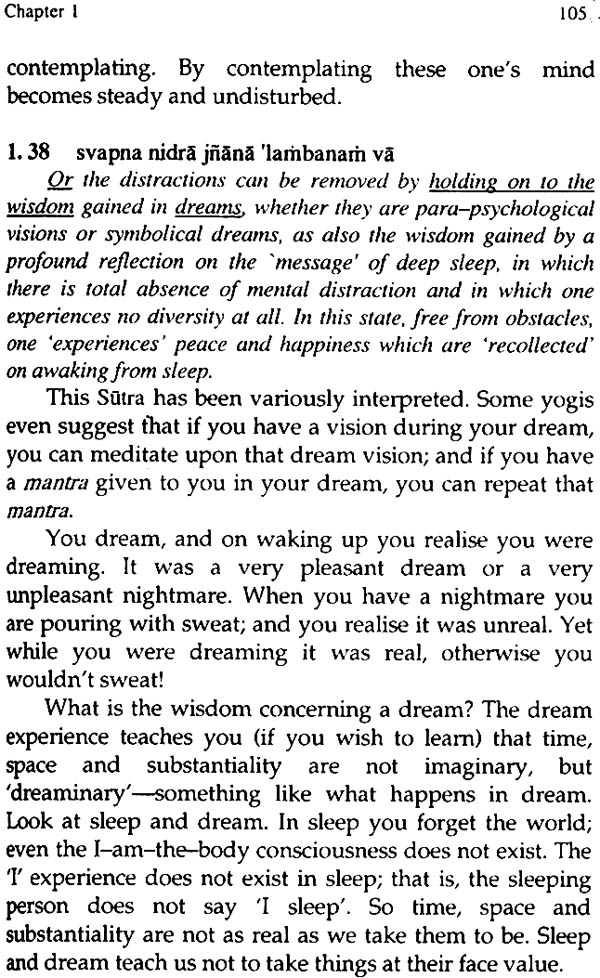

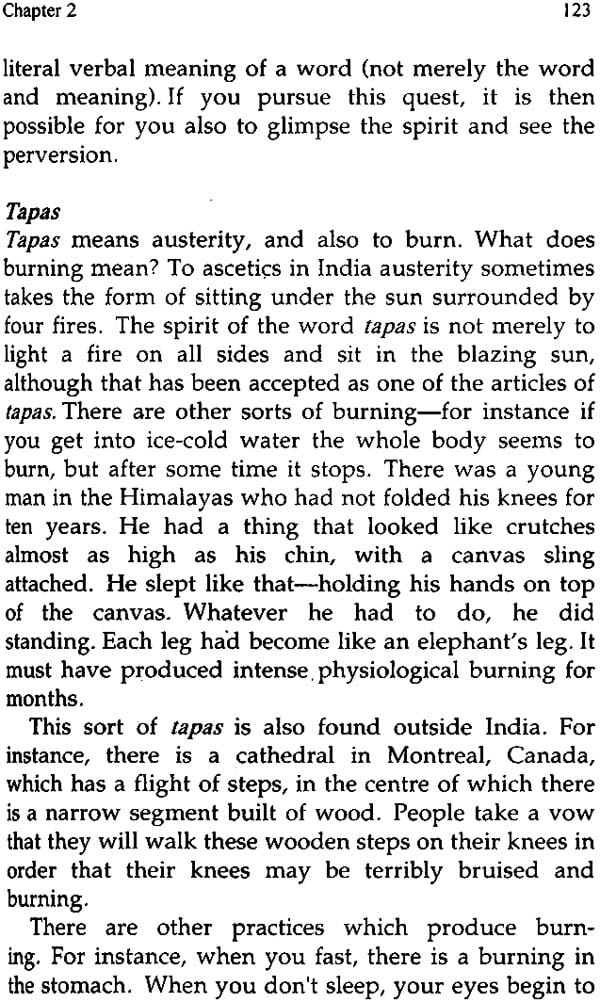

Delivery and Shipping Policy
- INTERNATIONAL SHIPPING
- Rs.1000-1100/kg
- ESTD. Delivery Time: 2-3 weeks (depending on location)
- Bubble Wrapped with Extra Padding
- NATIONAL SHIPPING
- NCR: Rs. 30/half kg
- Standard: Rs. 80/half kg
- Express shipments also available on Request
- ESTD. Delivery Time: Ranging from 1-4 days up to 7 business days (Depending on your choice of Delivery)
- TRACKING
- All orders; national or international, will be provided with a Tracking ID to check the status of their respective orders
- Depending on the Shipping Service, Tracking ID may be used on their respective tracking portals
Frequently Asked Questions (FAQs)
Domestic Shipping: 3-4 Days (after shipping)
International Shipping: 1-2 weeks (based on your location)
You will receive an email once your order has been shipped or you can email us if you didn't receive tracking details (info@mlbd.co.in)
Every book that we sell is the latest edition except all the rare books
Yes, we do provide free shipping, only on domestic orders (within India) above Rs.1500


